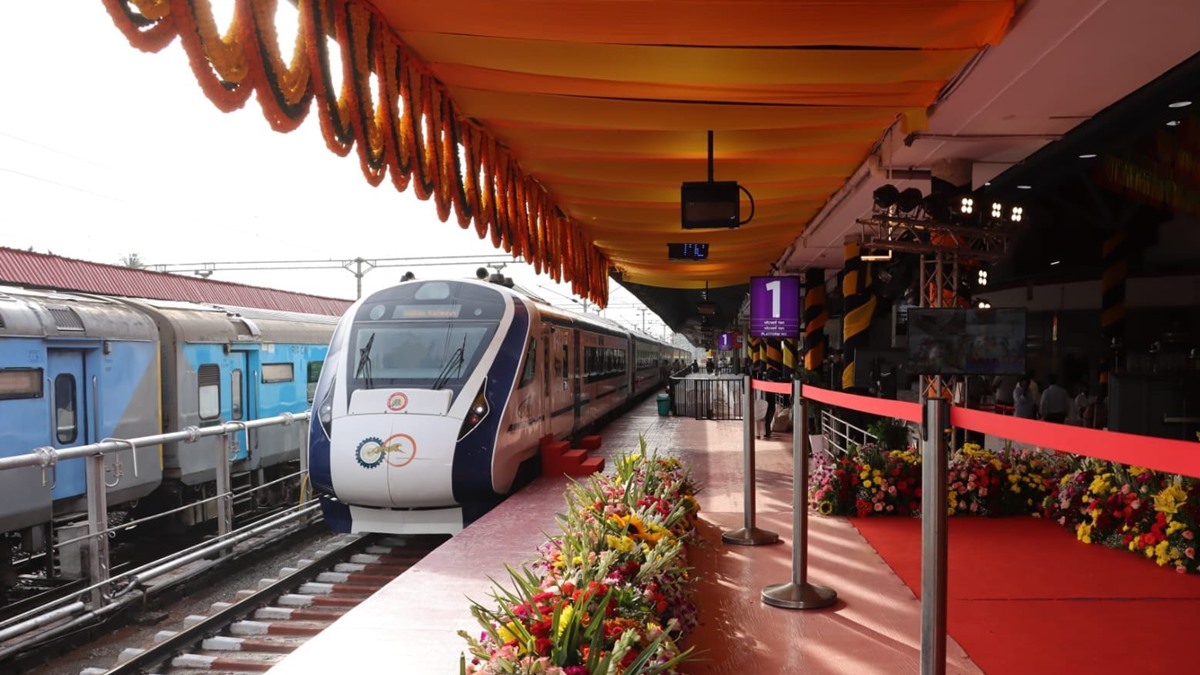
Taj Corridor now an animal graveyard, garbage dump
Agra, March 29: The Taj Corridor, a vast wasteland situated along the Yamuna river and lying between two world heritage monuments, the Taj Mahal and the Agra Fort, has now been reduced to a dumping ground for garbage and an unofficial burial ground for animals.
Foreign tourists have taken numerous images of bloated camels, swollen and stinking donkeys, dead dogs and heaps of fish bones along a stretch that is now a visually ugly sight and mars the scenery between the two great monuments visited by millions round the year.

"The Taj Corridor is an example of how we hardly care for our heritage and the tourism," a bitter Surendra Sharma, president of the Braj Mandal Heritage Conservation Society, told IANS.
"Such an ugly sight near the world's most beautiful monument can be repulsive and nauseating," NRI Rajesh Kumar told IANS.
Despite the 2006 Supreme Court directive to the Archaeological Survey of India (ASI) to green the wasteland, neither the Uttar Pradesh forest department nor the ASI has made any move to clear the debris and turn the area into a green lung. Once at the centre of a huge political furore, the ill-conceived Taj Corridor brought down the Mayawati government in 2003 on charges of corruption. The Supreme Court in the same year stayed construction on the site.
Agra Development Foundation President and eminent lawyer K.C. Jain told IANS: "In December 2005, the apex court constituted a committee of experts to give its recommendations. In February 2006, on the basis of this report, the Supreme Court directed the ASI to present a plan of action. Since then the matter has been hanging, despite promises by former tourism minister Ram Naik and present Culture Minister Mahesh Sharma."
"It is not our responsibility to clean up the area. We will ask the municipal authorities and send them a notice," the regional office of the UP Pollution Control Board said.
A district official told IANS: "The Taj Corridor is court property and we cannot interfere till the stay is lifted."
The Agra Development Authority officials said they had put up an iron gate to regulate the movement of undesirable elements. The gate, however, always remains open and there is no one there to look after the incomplete corridor which has become a dumping ground of municipal waste.
"The real fear is that dreaded diseases could break out as carcasses are lying scattered around, inviting mosquitoes and parasites," tourist guide Ved Gautam told IANS.
The Rs.175 crore ($3.5 million) project was to be built on a platform, raised from scooped-up silt of the river, and was to comprise an amusement park, malls and commercial shops, also walkways through the dense wilderness to let tourists take a leisurely stroll on moonlit nights, according to the National Projects Corp Ltd., which was assigned the task.
The corridor was to begin from Khan-e-Alam, close to the Taj Mahal, and end two kilometres towards the city behind Agra Fort. It was to be later extended to allow tourists to reach Etmaddaula and Ram Bagh across the river. For three months, hundreds of tractors, earthmovers and other machines worked round the clock to dig out silt and deposit it on the riverbank to create a new platform.
Conservationists raised a hue and cry, saying that the corridor would endanger the monument. Allegations of large-scale corruption surfaced, and the central government ordered the work to be suspended in 2003. The scandal involved the allotment of large tracts of state government land along the proposed corridor to a private builder for a song.
Some people in Agra still feel the project was a victim of politics. Some say the project could genuinely boost tourism as it was strategically located between the Taj Mahal and Agra Fort.
"The previous NDA (National Democratic Alliance) government used it as an excuse to settle scores with Mayawati in 2003," activist Shravan Kumar Singh told IANS.
"It might even help save the dying Yamuna river once people start coming to the lush green lawns of the corridor. A rethink with an open mind is called for," environmental activist Rajan Kishore told IANS.
"Now that a platform has already come up, it can be cleaned up and used for various social and cultural activities. Even a night bazaar could come up. Hotels can be roped in as well. The army unit stationed nearby and in the fort can be asked to supervise things. We need to innovate and improvise rather than keep complaining," Kishore added.
Be that as it may, the last word has yet to be said on the corridor.
IANS


 Click it and Unblock the Notifications
Click it and Unblock the Notifications

































